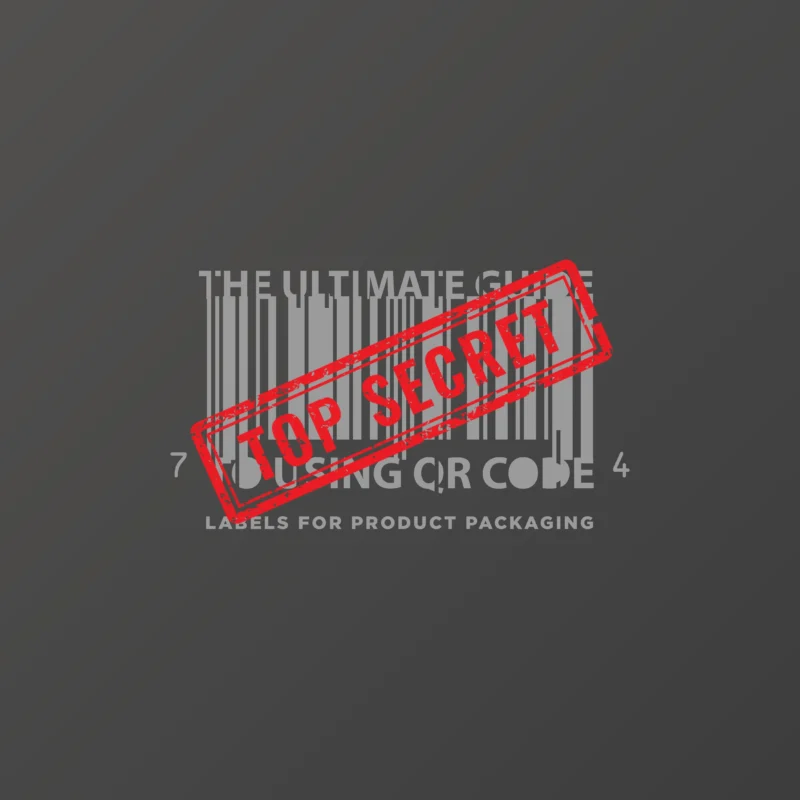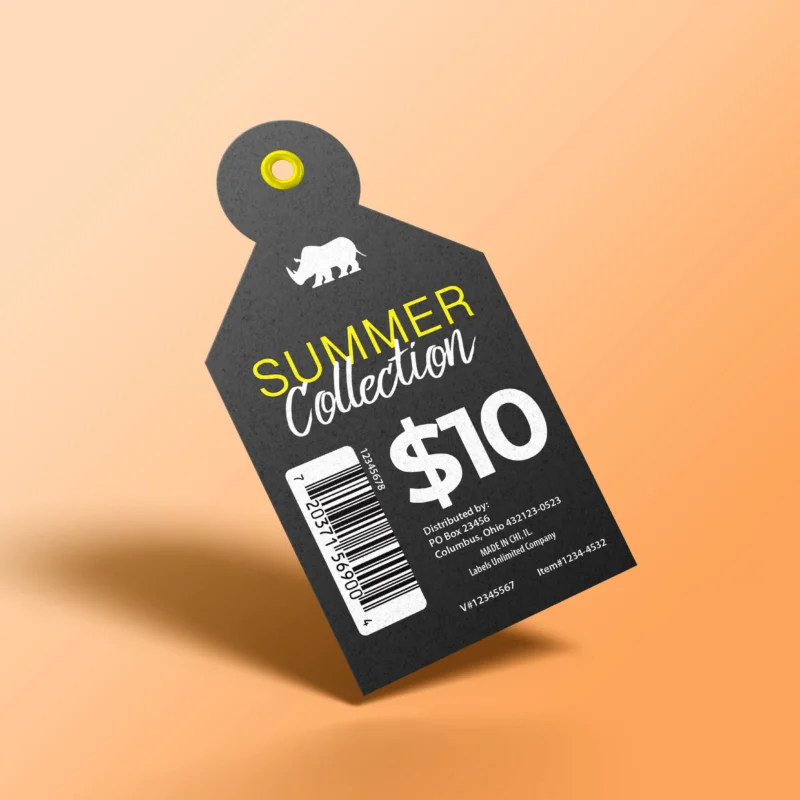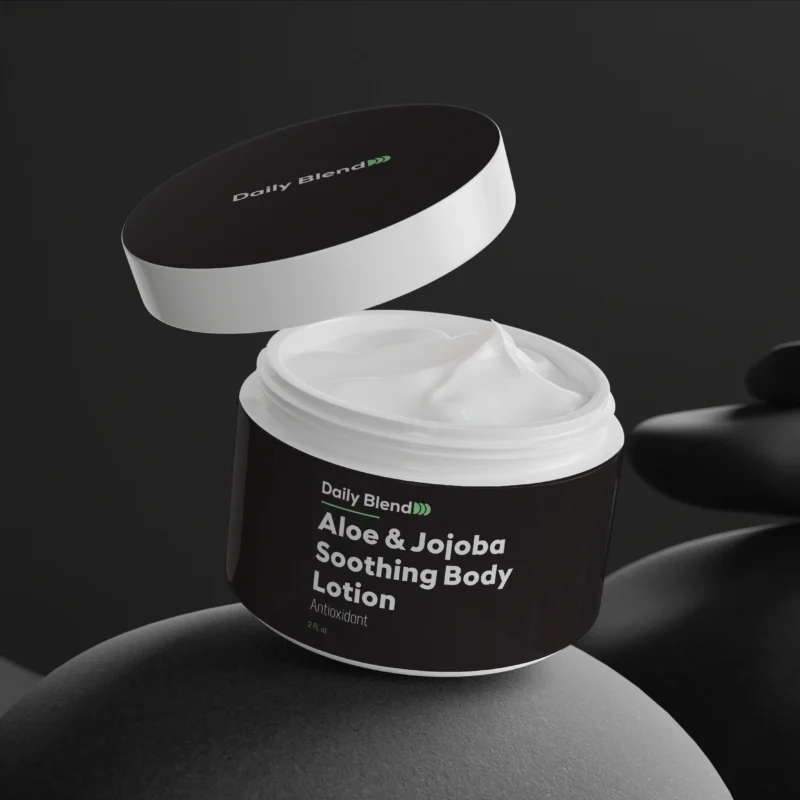Enhance Your Brand with Custom Label Printing
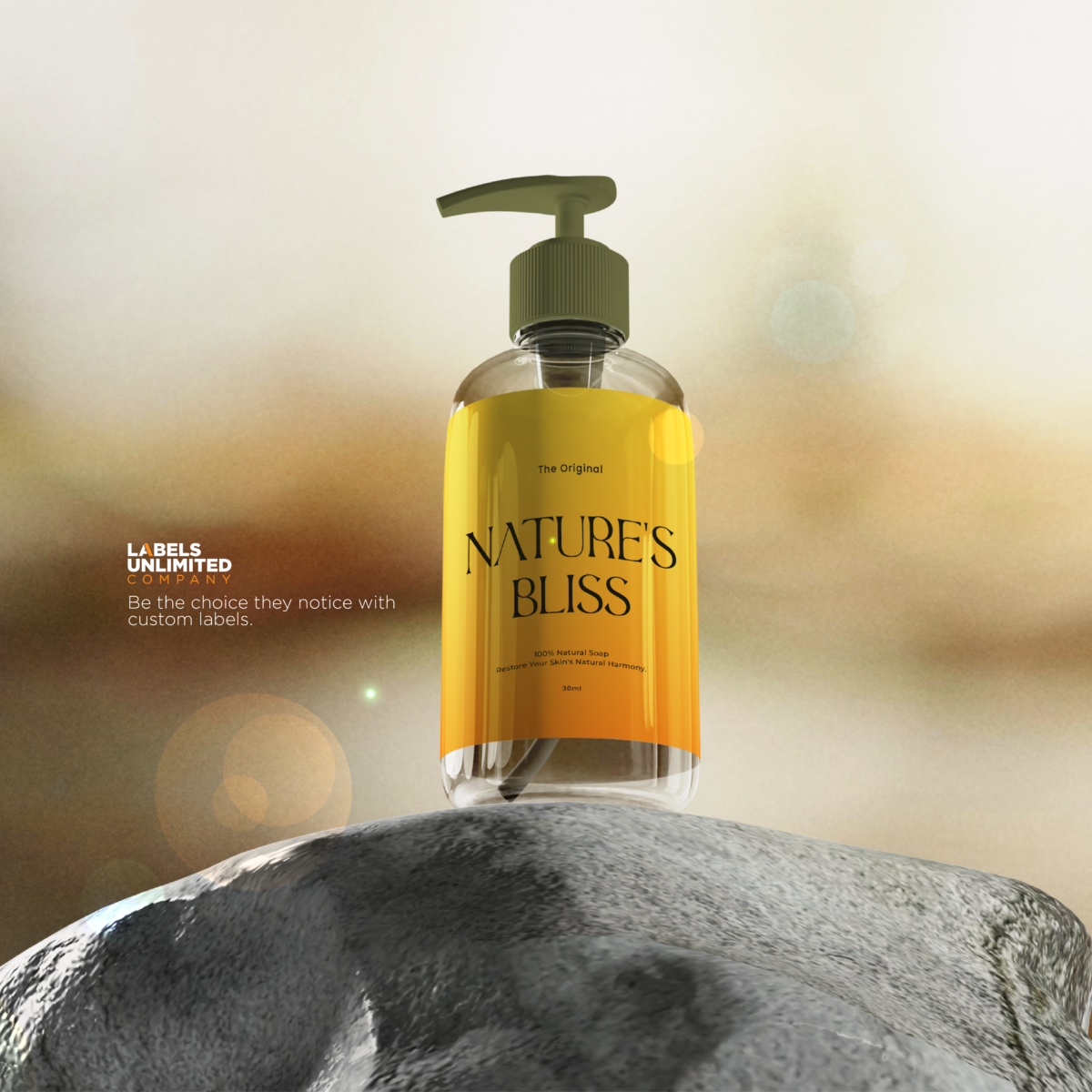
Quality custom yellow label in gloss printed by Labels Unlimited Company.
Custom Product Packaging: Stand Out on the Shelf
Custom label Printing is an effective way for businesses to make their products stand out on the shelf. When consumers walk down the aisles of a store, they are bombarded with countless options. In order to catch their attention, businesses need to have custom product packaging that is visually appealing and unique.
Custom packaging allows businesses to create designs that are tailored to their specific product and target audience. By incorporating eye-catching colors, engaging imagery, and innovative shapes, businesses can create packaging that grabs the attention of consumers and entices them to pick up the product.
There are many successful examples of custom packaging designs that have helped products stand out on the shelf. For example, Coca-Cola’s iconic contour bottle is instantly recognizable and has become a symbol of the brand. Another example is Apple’s sleek and minimalist packaging, which reflects the brand’s commitment to simplicity and elegance. These examples demonstrate the power of custom packaging in creating a strong brand identity and attracting customers.
Digital Label Printing: High-Quality, Cost-Effective Solutions
Digital label printing has revolutionized the printing industry by offering high-quality, cost-effective solutions for custom labels. Unlike traditional printing methods, digital printing does not require plates or setup costs, making it a more affordable option for small businesses or those with limited budgets.
Digital label printing also offers high-quality printing with vibrant colors and sharp details. This is especially important for businesses that want to showcase their brand image and product information accurately. With digital printing, businesses can achieve consistent and professional results every time.
Many industries have successfully utilized digital label printing to enhance their branding efforts. For example, the craft beer industry has embraced digital label printing to create unique and eye-catching labels for their products. The ability to print small quantities at a reasonable cost allows breweries to experiment with different designs and cater to niche markets.
Flexo Printing: The Versatile Solution for Custom Labels
| Metrics | Description |
|---|---|
| Print Quality | Digital label printing offers high-quality printing with sharp and vibrant colors, crisp text, and fine details. |
| Cost-Effectiveness | Digital label printing is a cost-effective solution for short to medium print runs, as it eliminates the need for expensive plates and setup costs. |
| Flexibility | Digital label printing allows for customization and personalization of labels, making it ideal for small businesses and niche markets. |
| Speed | Digital label printing offers quick turnaround times, allowing for faster production and delivery of labels. |
| Sustainability | Digital label printing reduces waste and environmental impact by eliminating the need for excess inventory and reducing energy consumption. |
Flexographic printing, also known as flexo printing, is a versatile solution for custom labels. It is a popular choice for businesses that require large quantities of labels as it offers high-speed production capabilities.
Flexo printing works by transferring ink onto the label material using flexible rubber or photopolymer plates. This method allows for precise and consistent printing on a variety of materials, including paper, film, and foil. Flexo printing is ideal for labels that require durability and resistance to moisture or chemicals.
The Benefits of Flexographic Printing
Flexographic printing offers several benefits that make it an attractive option for businesses looking for custom label printing solutions. One of the main advantages of flexo printing is its ability to print on a variety of materials. This versatility allows businesses to choose the most suitable label material for their specific needs, whether it’s a durable label for a product that will be exposed to harsh conditions or a premium label for a high-end product.
Flexo printing is also cost-effective, especially for large print runs. The high-speed production capabilities of flexo printing make it an efficient option for businesses that require large quantities of labels. Additionally, the use of flexible plates reduces setup costs compared to other printing methods, making it a cost-effective choice for businesses with tight budgets.
Many industries have successfully utilized flexographic printing to enhance their branding efforts. For example, the food and beverage industry often requires labels that can withstand moisture and temperature changes. Flexo printing allows them to print durable labels that maintain their quality even in challenging environments.
Custom Label Design: Tips and Tricks for a Memorable Look
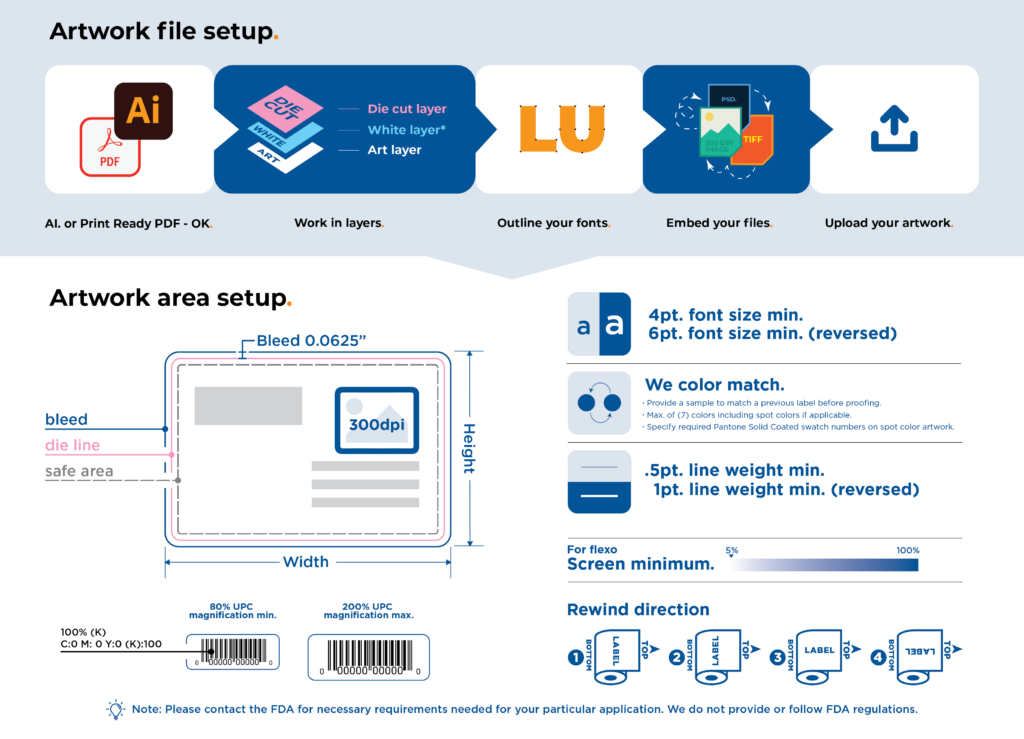
Designing custom labels that are memorable and effective requires careful consideration of various elements. Here are some tips and tricks to create a memorable look for your custom labels:
1. Color: Choose colors that reflect your brand’s personality and evoke the desired emotions in your target audience. Consider the psychology of color and how different colors can influence consumer perceptions.
2. Typography: Select fonts that are legible and align with your brand’s image. Experiment with different font styles to find one that complements your overall design.
3. Imagery: Use high-quality images or illustrations that are relevant to your product and target audience. Images can help convey the benefits or features of your product and make your label more visually appealing.
4. Simplicity: Keep your design clean and uncluttered to ensure that the important information stands out. Avoid overcrowding your label with too much text or imagery.
5. Branding: Incorporate your brand’s logo and other visual elements consistently across all your labels. This helps build brand recognition and reinforces your brand’s identity.
Choosing the Right Materials for Your Custom Labels
Choosing the right materials for your custom labels is essential to ensure that they meet your specific requirements. Here are some different types of label materials and their benefits:
1. Paper: Paper labels are a popular choice for a wide range of products. They are cost-effective, easy to print on, and offer a variety of finishes, such as matte or glossy. However, paper labels may not be suitable for products that require durability or resistance to moisture.
2. Film: Film labels are more durable than paper labels and can withstand exposure to moisture, chemicals, and temperature changes. They are commonly used for products that need to be refrigerated or stored in challenging environments.
3. Foil: Foil labels offer a premium and luxurious look. They can be used to create metallic or holographic effects, making them ideal for high-end products or special promotions.
4. Clear: Clear labels allow the product to show through, creating a seamless and integrated look. They are often used for products with unique shapes or when the packaging design is an important part of the overall branding.
Choosing the right label material depends on factors such as the product’s intended use, the desired aesthetic, and budget considerations. It is important to work with a reputable label printing company that can provide guidance on selecting the most suitable materials for your custom labels.
Custom Label Printing: The Future of Branding and Packaging
The future of custom label printing holds great potential for innovation and advancements in technology. As consumer preferences and market trends continue to evolve, businesses will need to adapt their branding and packaging strategies to stay competitive.
One emerging technology in label printing is digital embellishment. This technology allows businesses to add special effects, such as embossing, spot varnish, or foil stamping, to their labels without the need for additional printing plates. Digital embellishment offers businesses the ability to create unique and eye-catching labels that stand out on the shelf.
Another emerging trend in custom label printing is the use of smart labels. Smart labels incorporate technology, such as RFID or NFC, to provide additional functionality and information to consumers. For example, a smart label on a food product could provide information about the product’s ingredients, allergens, or expiration date when scanned with a smartphone.
The future of custom label printing is also likely to see advancements in sustainability and eco-friendly solutions. As consumers become more conscious of their environmental impact, businesses will need to prioritize sustainable packaging options. This could include the use of biodegradable materials, recyclable labels, or innovative packaging designs that minimize waste.
Elevate Your Brand with Custom Labels and Packaging
In conclusion, custom label printing plays a crucial role in branding and packaging. It allows businesses to create a unique and memorable brand image that stands out in a crowded marketplace. Custom labels help products attract customers and build brand recognition.
Digital label printing offers high-quality, cost-effective solutions for businesses looking to create custom labels. Flexographic printing provides a versatile option for printing on a variety of materials. By carefully designing custom labels and choosing the right materials, businesses can create a memorable look that reflects their brand’s personality.
The future of custom label printing holds great potential for innovation and advancements in technology. Businesses can expect to see advancements in digital embellishment, smart labels, and sustainable packaging solutions. By embracing these emerging trends, businesses can elevate their brand and stay ahead of the competition.
If you’re looking for more information on custom label printing, you might find this article on “The Benefits of Custom Labels for Small Businesses” interesting. It explores how custom labels can help small businesses stand out in a crowded market and create a lasting impression on customers. Check it out to discover the array of advantages that custom labels can offer your business.
FAQs
What is custom label printing?
Custom label printing is the process of creating unique labels for products or items that require specific information, branding, or design. It involves printing labels with customized text, graphics, and colors to meet the specific needs of a business or individual.
What are the benefits of custom label printing?
Custom label printing offers several benefits, including increased brand recognition, improved product identification, enhanced marketing, and better customer engagement. It also allows businesses to create unique labels that stand out from competitors and convey important information to customers.
What types of labels can be printed using custom label printing?
Custom label printing can be used to print a wide range of labels, including product labels, shipping labels, barcode labels, warning labels, and promotional labels. It can also be used to print labels for various industries, such as food and beverage, healthcare, retail, and manufacturing.
What materials can be used for custom label printing?
Custom label printing can be done on a variety of materials, including paper, vinyl, polyester, and polypropylene. The choice of material depends on the specific needs of the label, such as durability, water resistance, and adhesion.
What printing methods are used for custom label printing?
Custom label printing can be done using various printing methods, including digital printing, flexographic printing, and screen printing. The choice of printing method depends on the label design, quantity, and budget.
What is the turnaround time for custom label printing?
The turnaround time for custom label printing depends on several factors, such as the label design, quantity, and printing method. Generally, digital printing has a faster turnaround time than flexographic or screen printing. However, it is best to consult with the printing company for an accurate estimate.
